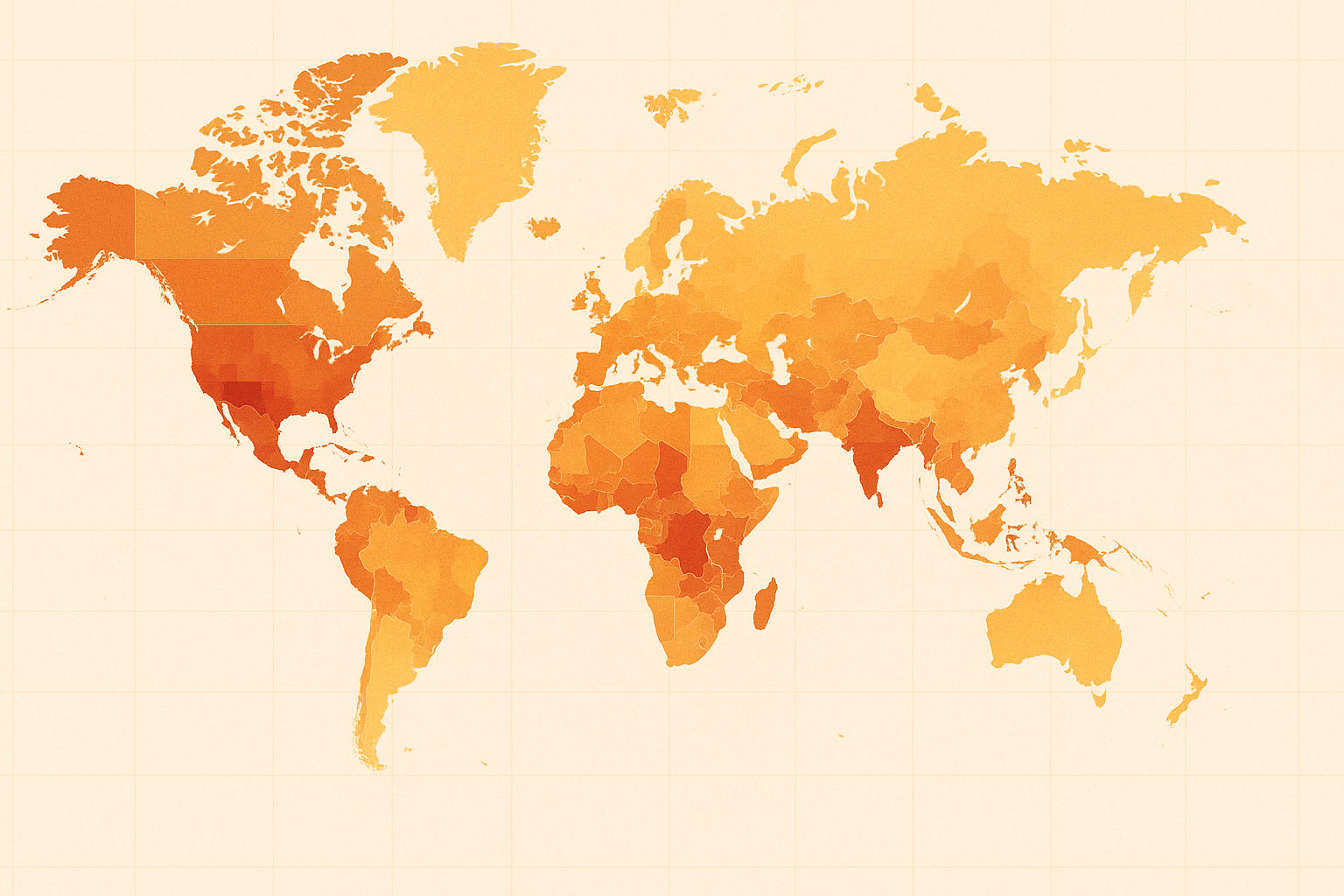
Written by OneGuild
Across the United States, the burden of limb loss does not fall equally. Chronic limb-threatening ischemia (CLTI), a late-stage complication of peripheral artery disease (PAD), affects millions — and in far too many cases, leads to avoidable amputations. New research from Dr. Alexander Fanaroff of Penn Medicine and colleagues offers a sweeping look at where and why these disparities persist.
Using data from over 73,000 Medicare patients who underwent a major lower extremity amputation between 2010 and 2019, the study reveals a sobering pattern: Black patients, individuals with low socioeconomic status, and rural residents are significantly less likely to receive appropriate vascular care prior to amputation. These gaps persist even in metropolitan areas where such care is geographically available.
For example:
These disparities are not merely clinical oversights; they reflect deep structural inequities in healthcare access, referral pathways, patient trust, and health literacy — all compounded by systemic socioeconomic barriers.
Dr. Fanaroff’s research urges a shift in how we think about limb loss: not only as a medical emergency, but as a window into broader healthcare system failures. If we intervene sooner — through community education, better primary care engagement, and systemic pathways to vascular care — many amputations could be prevented.
“Limb loss in CLTI isn’t just a clinical outcome,” says Dr. Fanaroff. “It’s a signal. It shows us where the system breaks down — and who’s left behind when it does.”
This work is part of a larger initiative by Dr. Fanaroff and his team, which includes a new Medicare-based CLTI database, active clinical trials around behavior-based interventions (like gamification for PAD patients), and direct advocacy — including recent testimony before Congress in support of the Amputation Reduction and Compassion (ARC) Act.
At OneGuild, we believe this kind of science — rigorous, inclusive, and unapologetically oriented toward change — is essential. It shines light not just on what’s wrong, but on how innovation, data, and policy can work together to protect limbs and lives.
🔗 Access the full publication on AHA Journals →
🔗 Read coverage on TCTMD →